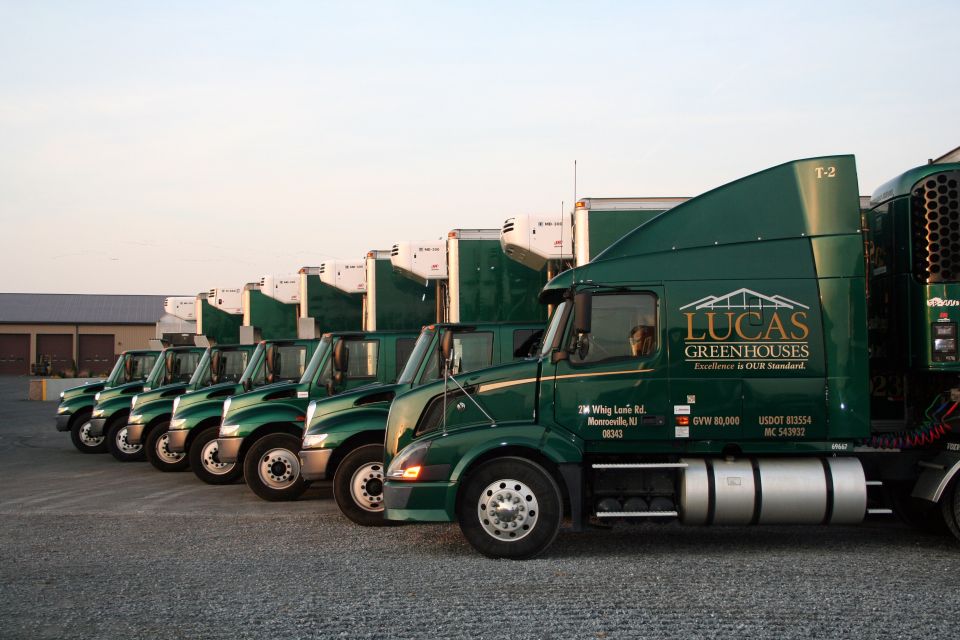Ornamental Growers Feel Effects of Electronic Logging Device Mandate
 Despite being enacted at the end of last year, repercussions from the Electronic Logging Device (ELD) mandate are still being felt by a multitude of industries, including horticulture. The ELD is used to track drivers’ working hours operating a commercial motor vehicle, otherwise known as Hours of Service (HOS).
Despite being enacted at the end of last year, repercussions from the Electronic Logging Device (ELD) mandate are still being felt by a multitude of industries, including horticulture. The ELD is used to track drivers’ working hours operating a commercial motor vehicle, otherwise known as Hours of Service (HOS).
The ongoing shortage of commercial drivers in the last few years, combined with the major regulatory changes, resulted in a perfect storm of sorts — astronomical price increases combined with a lack of availability at the beginning of 2018.
Based on AmericanHort member input, freight prices seem to have stabilized somewhat — the average being around a 30% increase — with some variance from state to state. Availability of freight also continues to be a major issue, as well as parking.
In addition, confusion still remains around certain aspects of the rules, as the Federal Motor Carrier Safety Administration (FMCSA) continues to make efforts to educate truckers.
In a bit of good news, FMCSA has announced that it is exploring measures to provide flexibility for HOS, asking for public comments in an official notice. HOS rule flexibility is one area that AmericanHort has been openly advocating for, as these areas are being considered for change:
• Expanding the current 100 air-mile short-haul exemption from 12 hours on-duty to 14 hours on-duty, to be consistent with the rules for long-haul truck drivers;
• Extending the current 14-hour on-duty limitation by up to two hours when a truck driver encounters adverse driving conditions;
• Revising the current mandatory 30-minute break for truck drivers after eight hours of continuous driving;
• Reinstating the option for splitting up the required 10-hour off-duty rest break for drivers operating trucks that are equipped with a sleeper-berth compartment.
If the changes are eventually enacted, they would be the first major changes to HOS rules in more than a decade. The hope is that these potential changes would bring some minor relief to drivers, albeit not a silver bullet to solve the current situation.
Whether these repercussions will continue into 2019 remains to be seen, but with the holiday season approaching, it will almost certainly affect rates and availability as we close out 2018.









